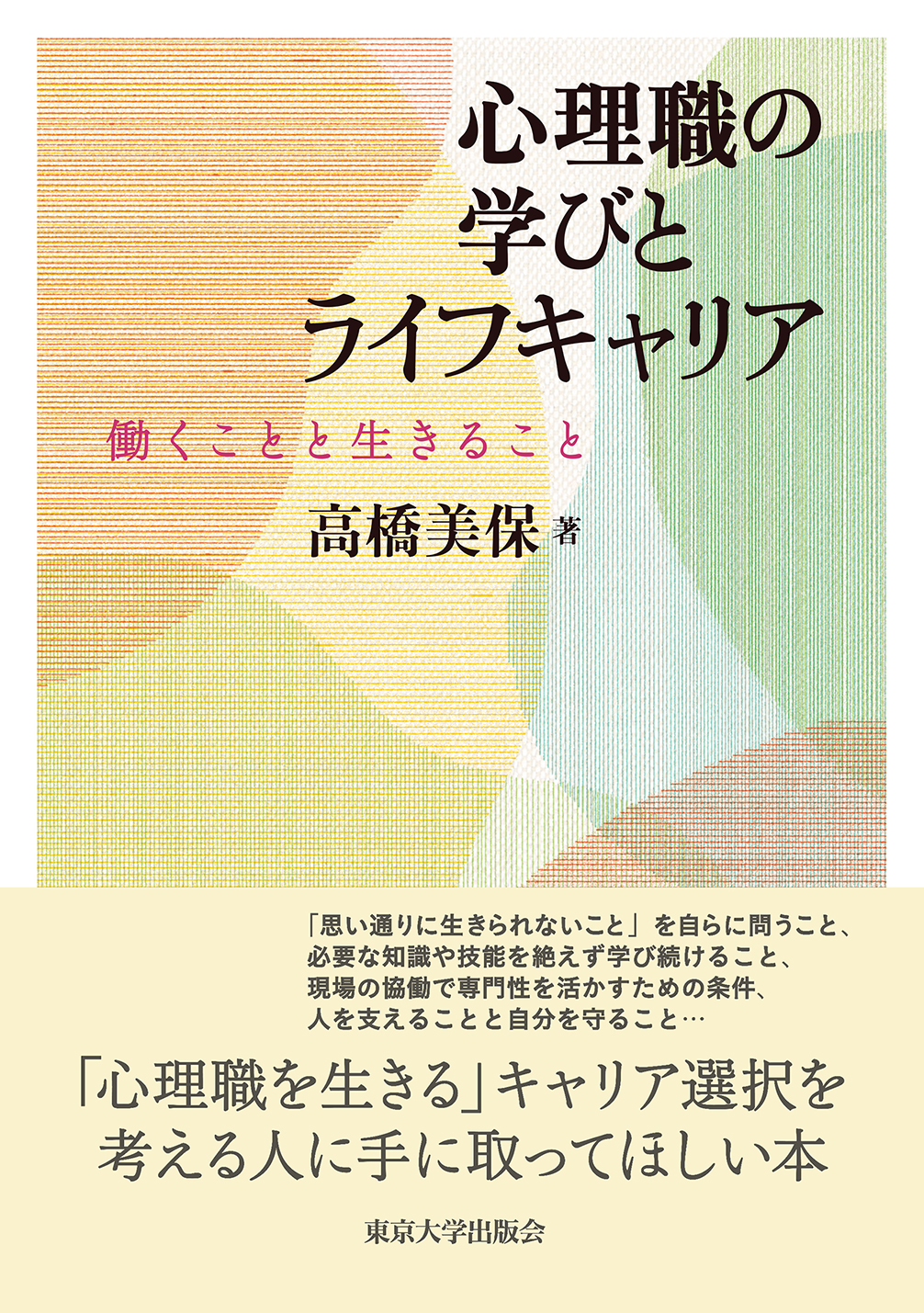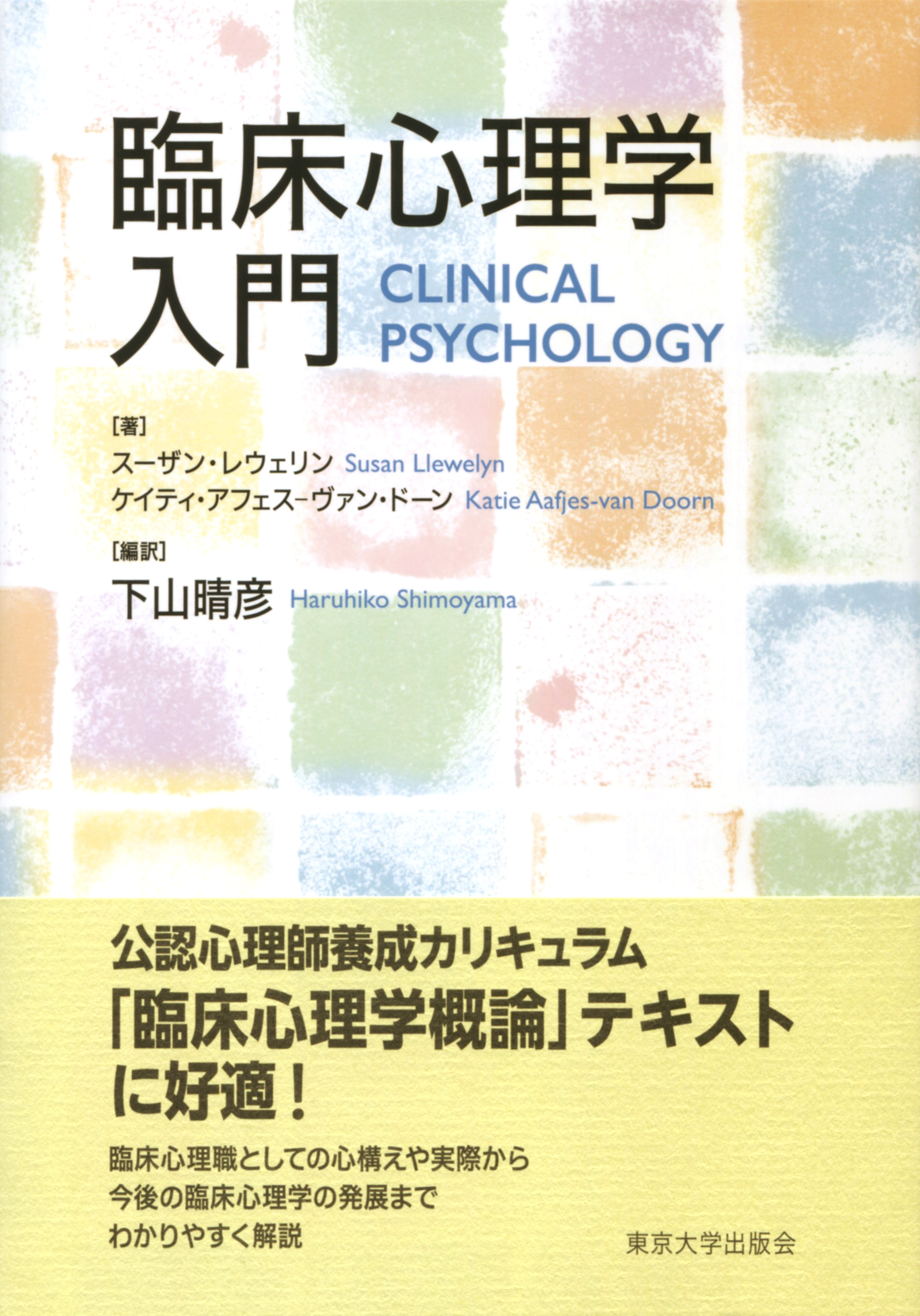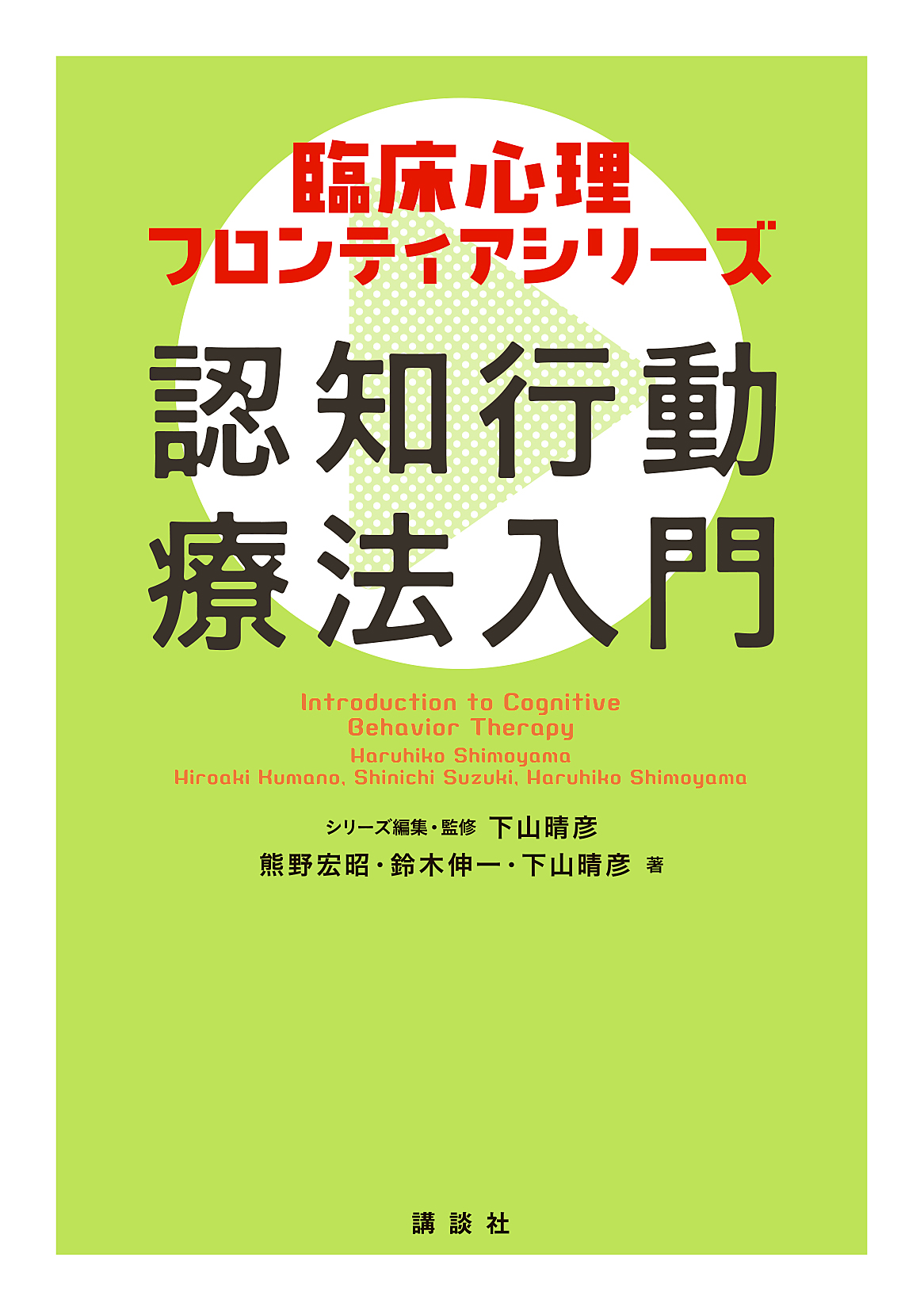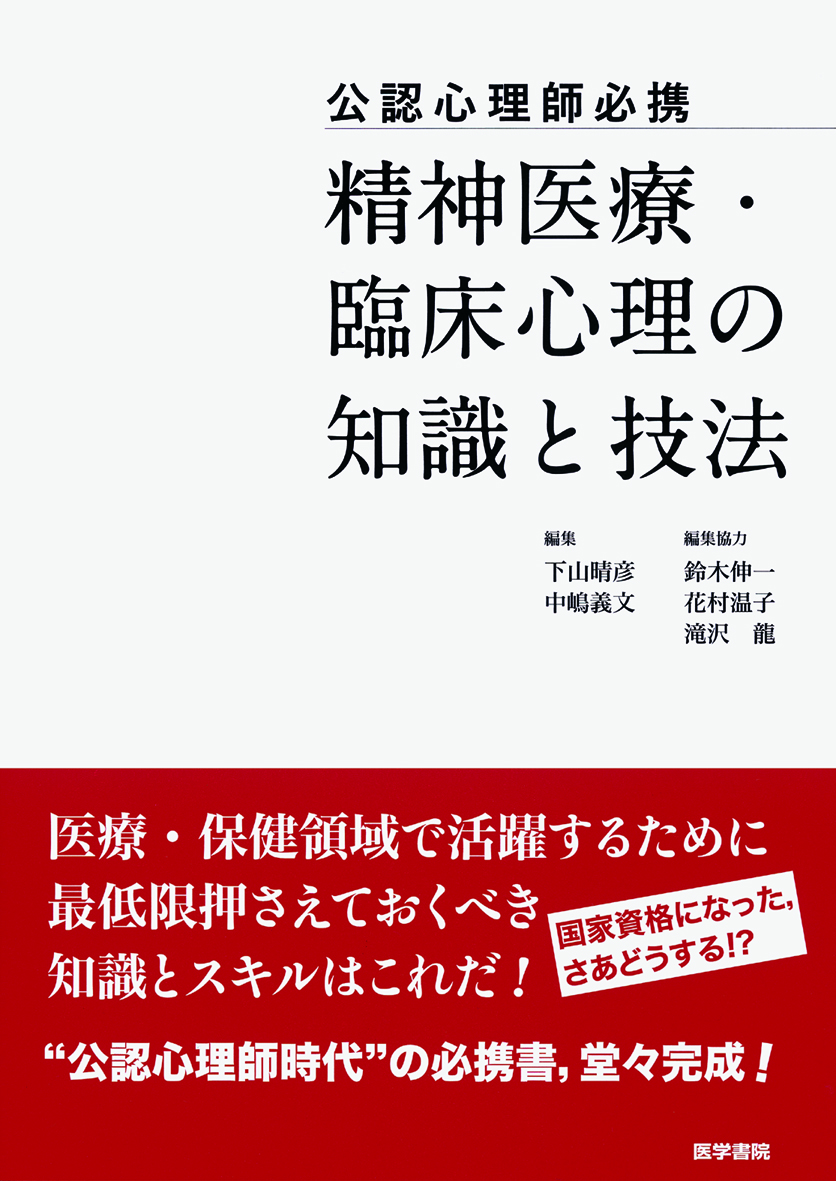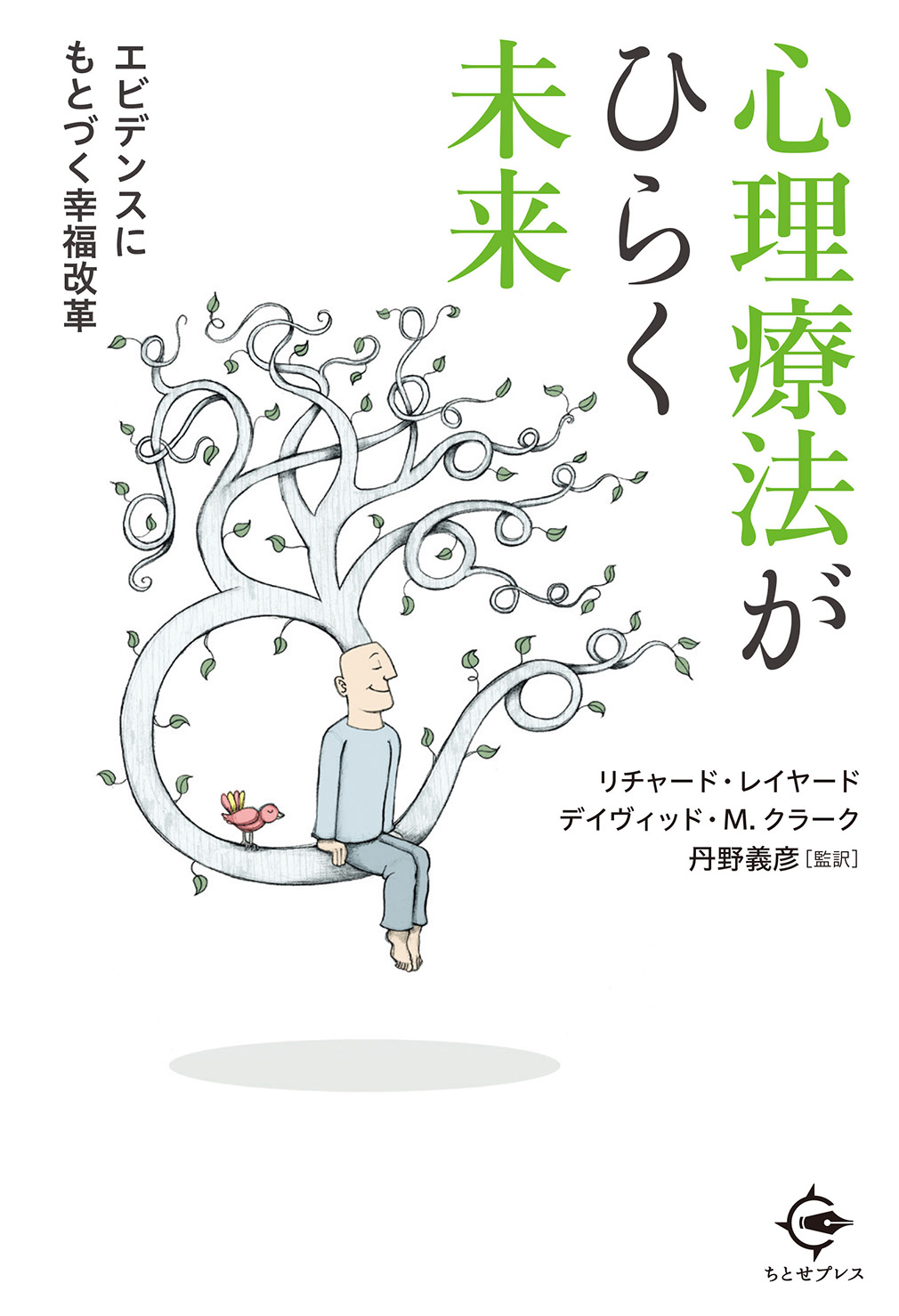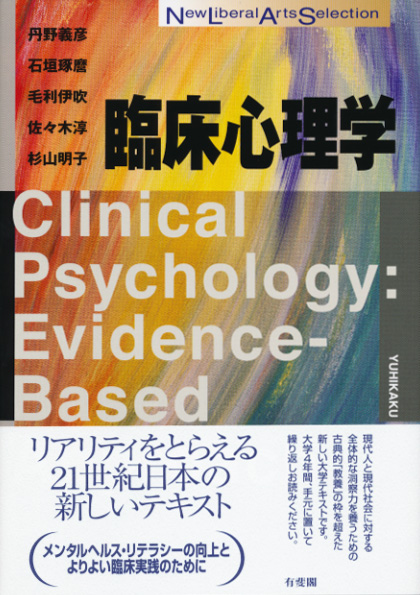
Title
Rinshō Shinrigaku (Psychology and Work Series #8: Clinical Psychology)
Size
168 pages, A5 format
Language
Japanese
Released
June, 2017
ISBN
978-4-7628-2976-5
Published by
Kitaohji Shobo
Book Info
See Book Availability at Library
Japanese Page
Since national professional certification recognized “licensed psychologist” in 2015, individuals who wish to study psychology and make a career of it are likely to increase even more hereafter. In light of this, the book series titled “Psychology and Work,” which features 20 disciplines of psychology that currently exist in Japan, is certainly a well-timed project.
In addition to university and high school students who plan to study psychology in the future and working adults who wish to have a job in psychology, the information in this series is useful for those who offer courses and career guidance to such individuals. Among the many disciplines of psychology, the background of clinical psychology in particular matches the general public’s image of “a specialist in mental health care.” This is the perfect primer for those who are vaguely thinking, “I would like to study psychology and provide mental health care.”
Personally, I feel that there has been a requirement of such a publication for some time. This is because, when I hear “I want to study clinical psychology” or “I want to become a clinical psychologist,” I have doubted “how realistically they understand clinical psychology as a job.” However, I could not think of a book that could be described as “read just this and you will have a realistic image of the job.” I have felt this way even about students who have advanced to graduate school and begun their studies of clinical psychology. It seems that without a concrete image of what kind of work there actually is, what type of workplaces there are, what do workers specifically do there, and what their day-to-day lives will be like, students simply choose jobs they have heard of, such as school counseling or medical psychology, as their plan after graduation. I have always felt that it is necessary for them to understand how the learning in graduate school is connected to the eventual job.
To fill this gap, it was most important to hear from clinical psychologists working in the clinical field about their reality. From this understanding of the problem, in my clinical psychology course lecture in 2015, I invited psychologists conducting clinical practice in various areas of clinical psychology as guest lecturers for my graduate students. In fact, the authors of this book are also guest lecturers from that class, and the book was written with the contents of those lectures as the base.
This book features the five fields of “healthcare and public health,” “school and education,” “industrial and organizational,” “judicial and correctional,” and “social welfare.” For each area, a practitioner working in mental health care provides a general outline of future prospects and challenges, practice, and knowledge necessary in that area, along with their personal experiences. By reading this book, you can come to understand that, even though the authors are all called psychologists, the official title and position of the workplace, the actual contents of the work, the types of people they work with, and so forth, are quite varied depending on the area. With commentary rooted in the reality of clinical practice, the information provided in the book allows readers to both deepen their understanding of the actual conditions of a clinical psychologist’s job in each field and to explore their own interests from a wide range of choices. I believe this is definitely worth a read for those who are even vaguely thinking, “I want to learn clinical psychology and work in mental health care!” when choosing a course or career.
(Written by TAKAHASHI Miho, Professor, Graduate School of Education / 2018)



 Find a book
Find a book


